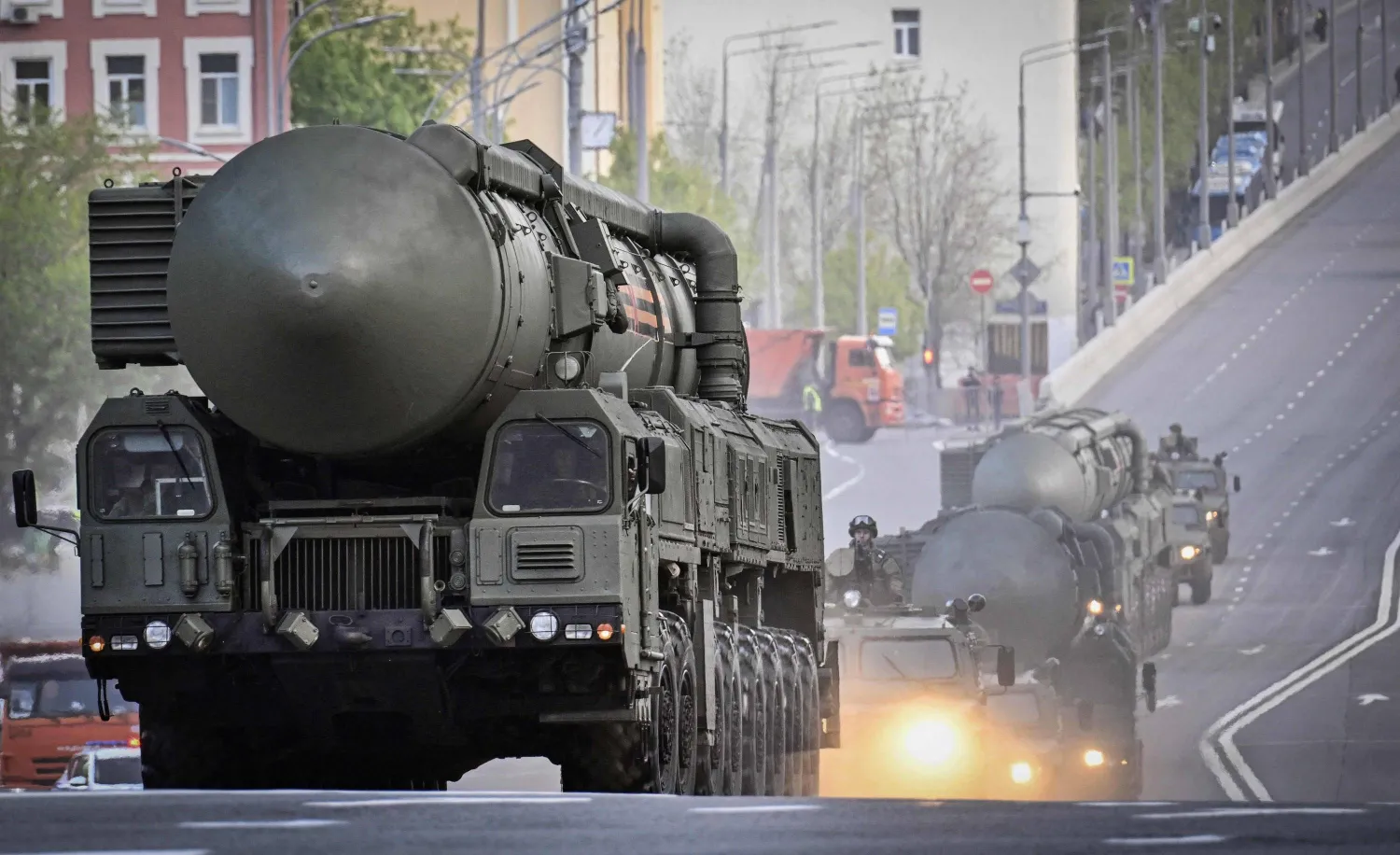Kurdish leader has said that one of their negotiating counterparts in Damascus questioned whether the registration of Kurdi, the Kurdish language, in the Syrian constitution could one day lead to establishing whistled languages in Syria.
The Syrian-Kurdish negotiator said there shouldn’t be an issue with whistled languages if they could be understood.
This constitutional debate sums up the relationship between Damascus and Qamishli. Over the years, the two sides never came close to each other. Rather, the gap has deepened, suspicion has exacerbated, and the ideology has been imbued with the national dispute.
Presently, Syrian officials heavily doubt the Syrian Democratic Forces (SDF) and its primary component, the People's Defense Units (YPG), a mainly Kurdish militia. With US support, the SDF and the YPG control around a quarter of Syria’s territory and most of the country’s wealth.
Syrian officials have accused the SDF and YPG of “treason,” “conspiring with US occupying forces on dividing Syria,” and “having a separatist agenda.”
As for Kurdish officials, they accuse the Syrian regime of “seeking to turn back the clock to pre-2011,” “holding onto a Baathist chauvinistic mentality” and “refusing to make any real political concessions.”
Damascus insists that the SDF and its political wing, the Syrian Democratic Council (SDC), sign a document that includes a commitment to four key items that include recognizing President Bashar al-Assad as president of the whole country, adhering to Syria’s territorial integrity and sovereignty, respecting the Syrian flag as the only symbol of the country, and supporting the Syrian Army.
Moreover, Damascus is requesting the SDF join the Syrian Army.
This “four-item document” hangs on the gate of the headquarters where negotiations are held, awaiting the signatures.
Meanwhile, Qamishli’s negotiating delegation is clinging to the recognition of the Autonomous Administration of North and East Syria (AANES) as a part of Syria and adapting laws, such as the Local Administration Law No. 107, to fit this acknowledgment.
Moreover, they are requesting that the Syrian constitution comes to recognize Kurdi as an official language. Maintaining the SDF’s independence from any future Syrian Army and the equitable distribution of the strategic wealth controlled by the SDF are also among Qamishli’s demands.
In depth, Damascus is betting on time.
It believes that a day will come when the US will withdraw from northeastern Syria as it withdrew from Afghanistan. It is convinced that a day will come when Washington will betray the Kurds, as it has throughout history.
Damascus is also betting on its allies in Tehran and Moscow and its opponents in Ankara.
The Kurds are also counting on time and allies. With the passage of time, they expect for temporary realities to turn into “permanent solutions.”
Additionally, the Kurds are depending on their military might, organizational nerve and ideological stock.
Their agenda is also hinged on Western concerns about the return of ISIS in Iraq and Syria.
Developments in the Damascus-Qamishli relationship are contingent on what is happening between the Syrian capital and Ankara.
Thanks to Russia, the winds of normalization of ties are blowing hard between Syria and Türkiye. This is a major concern to the Kurds.
During secret negotiations in Moscow, Syrian and Turkish security officials exchanged many conditions that could lead up to the normalization of ties.
Damascus wants Ankara to present a timetable for the withdrawal of Turkish forces from Syria. It also wants Türkiye to quit supporting Syrian opposition factions. Retaking Idlib and reopening the strategic M4 highway connecting Aleppo to Latakia, are also among Damascus’ demands.
Moreover, the Syrian capital is asking Türkiye to help in supporting reconstruction efforts and circumventing Western sanctions.
Ankara wants to work against the Kurdistan Workers' Party (PKK) and its Syrian wing, the “YPG.”
The Turkish capital is also seeking to set up security cooperation to control borders. It also wants the return of Syrian refugees, the establishment of safe areas 30 kilometers deep into Syrian territory, and the facilitation of the work of the Syrian Constitutional Committee.
There are demands, counterclaims and deep disputes. But what is certain is that the level of Kurdish concern is growing against the background of preparations to start coordination between Damascus and Ankara to fight the “Kurdish separatist entity.”
A secret Syrian-Turkish-Iranian agreement under Russian auspices on the sidelines of a summit in Tehran last July has seen the three countries exchanging security information.
This allowed for the escalation of Turkish drone strikes against SDF and PKK leaders.
Some strikes even hit the outskirts of US bases east of the Euphrates. For its part, the US kept silent on the strikes because it is unwilling to anger Ankara, a key player whose role is growing in the Ukrainian war.
Moscow’s mediation has also been active between Damascus and Qamishli. However, Moscow has called on SDF leader Mazloum Abdi to head to Damascus to accept and sign the four-item document. It also urged coordinating military deployments between the SDF and the Syrian Army east of the Euphrates.
Moscow is seeking to open a debate between the Syrian government and the opposition through the constitutional gate.
Russia’s latest proposal is to abandon Geneva as a venue for the meetings of the Constitutional Committee, facilitated by the international community and UN envoy Geir Pedersen.
Instead, Russia wants to hold constitutional meetings in a sequential form in Ankara, Moscow, and Isfahan.
Russia’s goal is to turn the constitutional debate into a platform for normalization of ties between Damascus and Ankara, excluding Washington and its allies from the Syrian political track.









